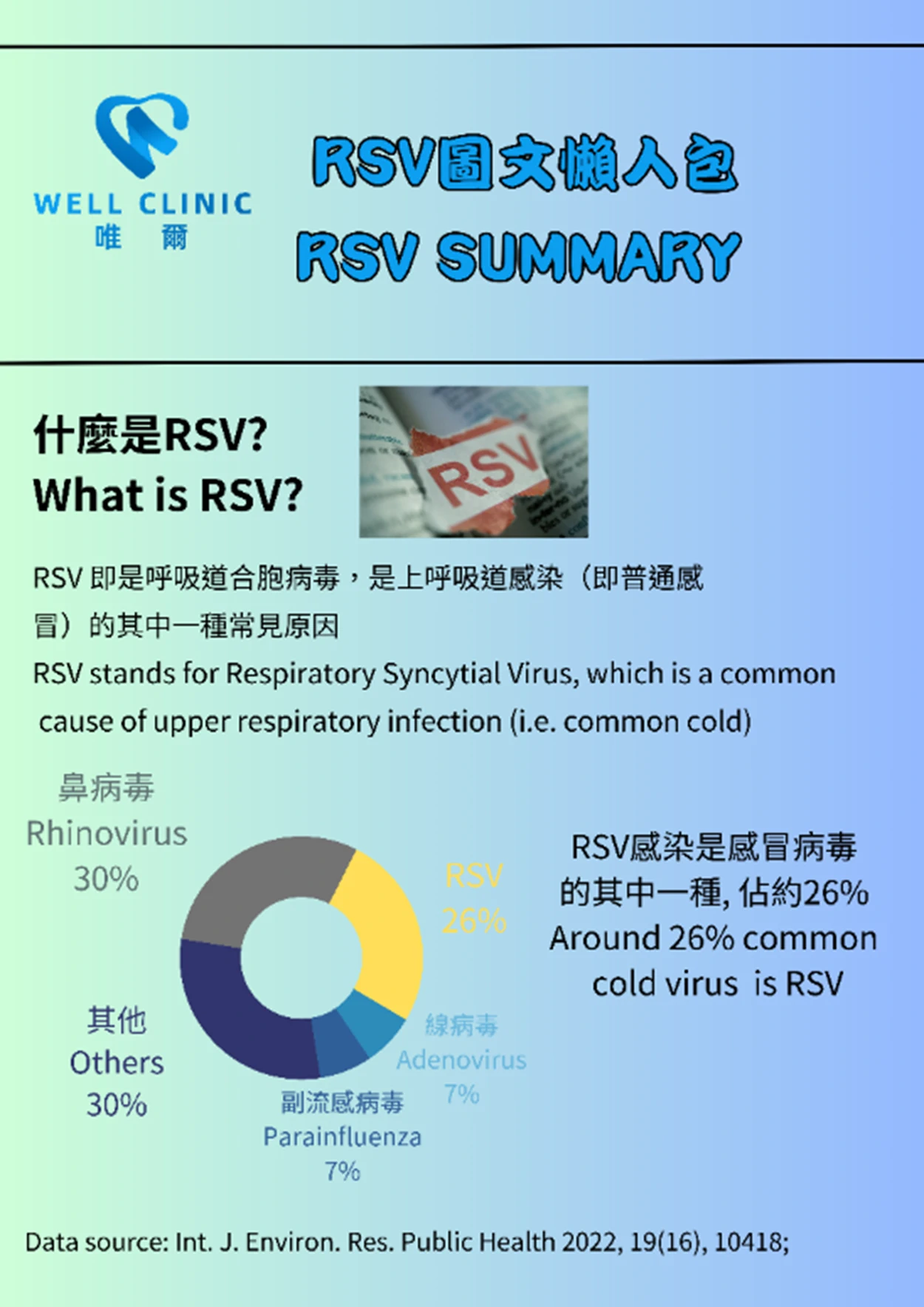
It’s a Mole or Skin Cancer?
Skin cancer can be roughly divided into two categories: melanoma and non-melanoma. Non-melanoma can be further divided into squamous cell carcinoma and basal cell carcinoma. There are also other rarer types such as Merkel cell carcinoma.
According to Hong Kong Cancer Statistics, the number of new skin cancer cases in 2021 is 1,200, which is a significant upward trend compared to 990 in 2012. Many people have the experience of noticing a new pigmented nevus has grown on their skin but don’t know whether it is a benign mole or skin cancer, or wonder is it cancerous on the thick black lines of the nails? How to distinguish between benign and malignant skin lesions? One can differentiate according to the ABCDE rules.
A is asymmetry. Draw a cross in the middle of the mole to see if the four sides are symmetrical. Symmetrical one tend to be benign and asymmetrical tend to be malignant.
B is border. Whether the border is a regular or irregular. The regular one tends to be benign, whereas irregular one tends to be malignant
C is colour. The one with a single color tends to be benign, whereas contains more one colour or shade tends to be malignant
D is diameter. The smaller the size, the more benign it is. The larger the size, especially larger than 6mm, it is more likely to be malignant
E is evolving. If over time there is no change, it tends to be benign. If it becomes bigger and bigger, or if it changes in morphology, it tends to be malignant
If you have any doubts, please consult a doctor as soon as possible. Even if it is really skin cancer, it can be completely cured by current treatments if detected early.

What is RSV?
What is RSV?
RSV stands for Human Respiratory Syncytical virus (Respiratory Syncytical Virus, RSV), which can cause severe lower respiratory tract infections in children and older adults. It usually causes mild cold-like symptoms such as coughing, sneezing, runny nose, nasal congestion, chills, low-grade fever and loss of appetite. RSV tends to attack more the lower respiratory tract (bronchioles) than common cold, and thus produces sputum that blocks the tiny airways, which can cause “acute bronchiolitis”

What is COVID-19 JN.1?
The latest subtype of COVID-19 JN.1 has been causing concern. It appears to be highly contagious. The JN.1 strain first emerged in the United States in September and is a close relative of BA.2.86. The variant JN.1 comprises an estimated 15–29% of COVID-19 Cases in the United States.

How to prevent hypertrophic scar?
Hypertrophic scar will cause patients to feel itching and stinging, and may even cause trouble in the patient’s life. Although scar formation cannot be completely avoided, the chance of scar hyperplasia can still be reduced through some preventive methods. Here are some tips for preventing scarring.

What is hypertrophic scar?
Scar hyperplasia means that after the skin is injured, the body’s self-repair mechanism is too strong, causing fibroblasts to produce too much collagen, resulting in hypertrophic scars during wound healing, that is, the scars will bulge and exceed the skin level. Usually hypertrophic scars will only be limited to the original wound and will not proliferate excessively beyond the wound. However, hypertrophic scar will cause the patient to experience itching, tingling and other sensations, which may cause trouble in the patient’s life. Therefore, for people who have experienced skin injuries or want to improve the appearance of scars, it is very important to understand the causes and characteristics of hypertrophic scar

